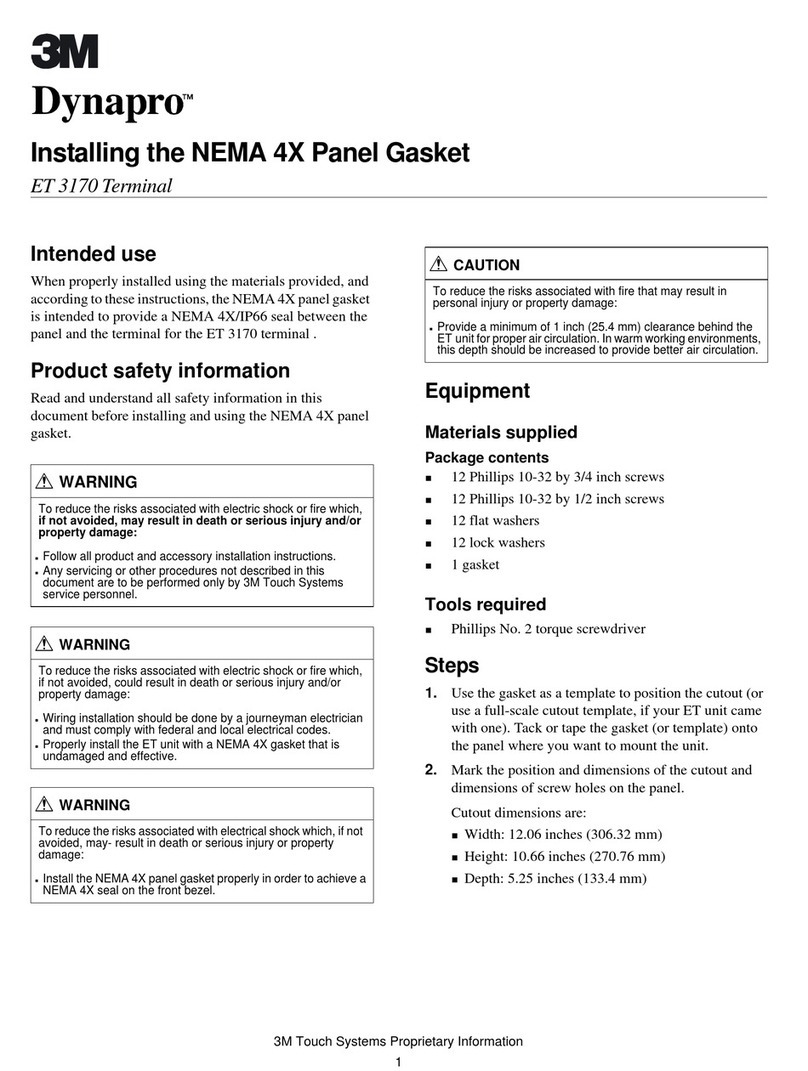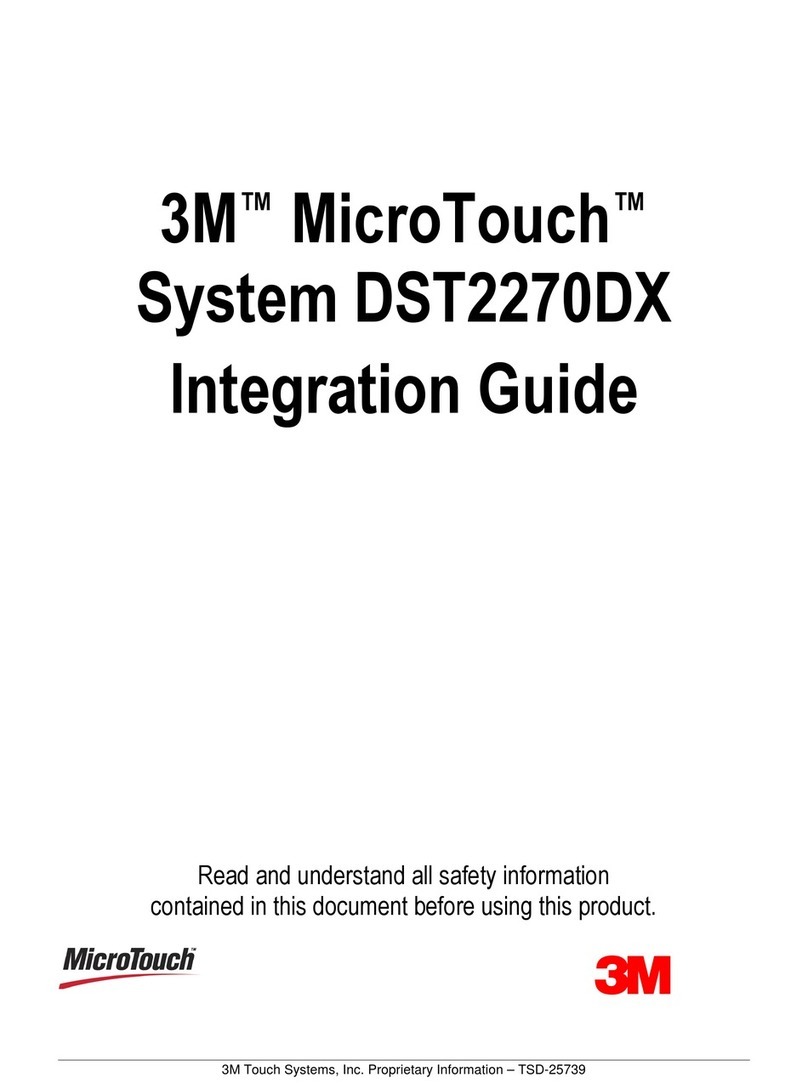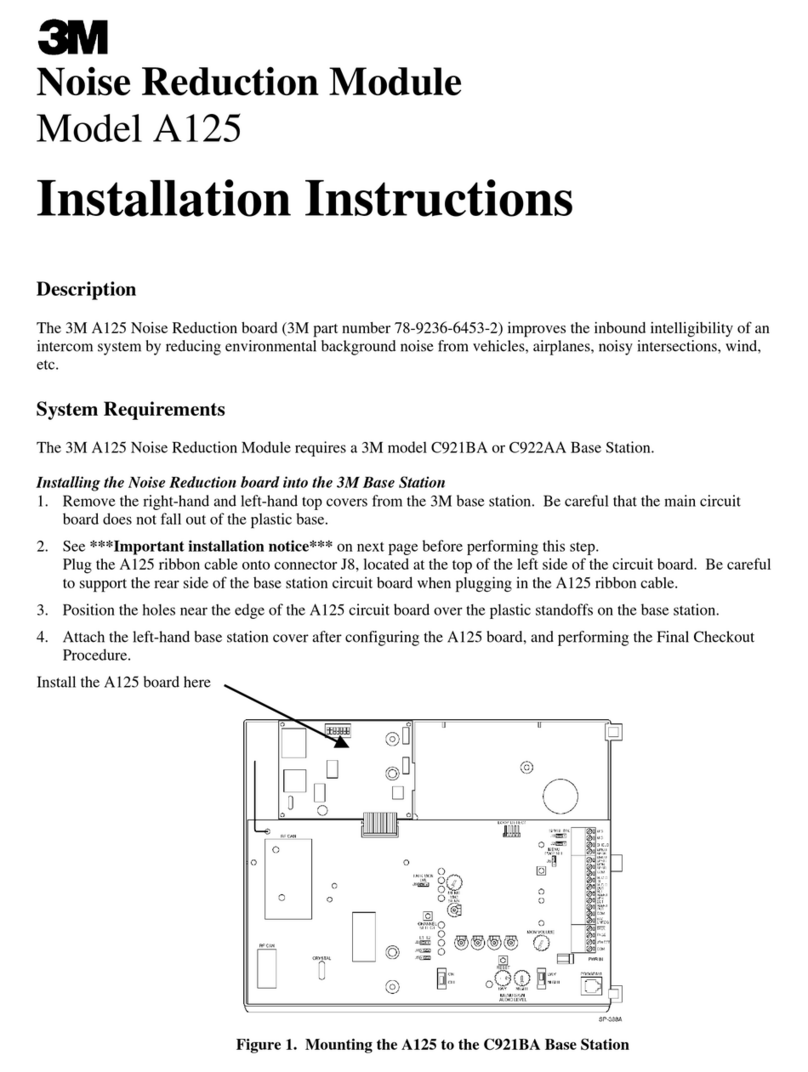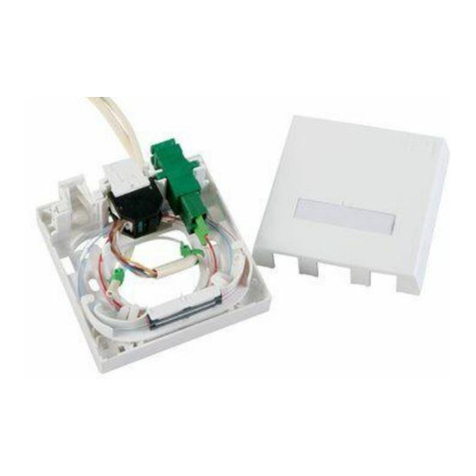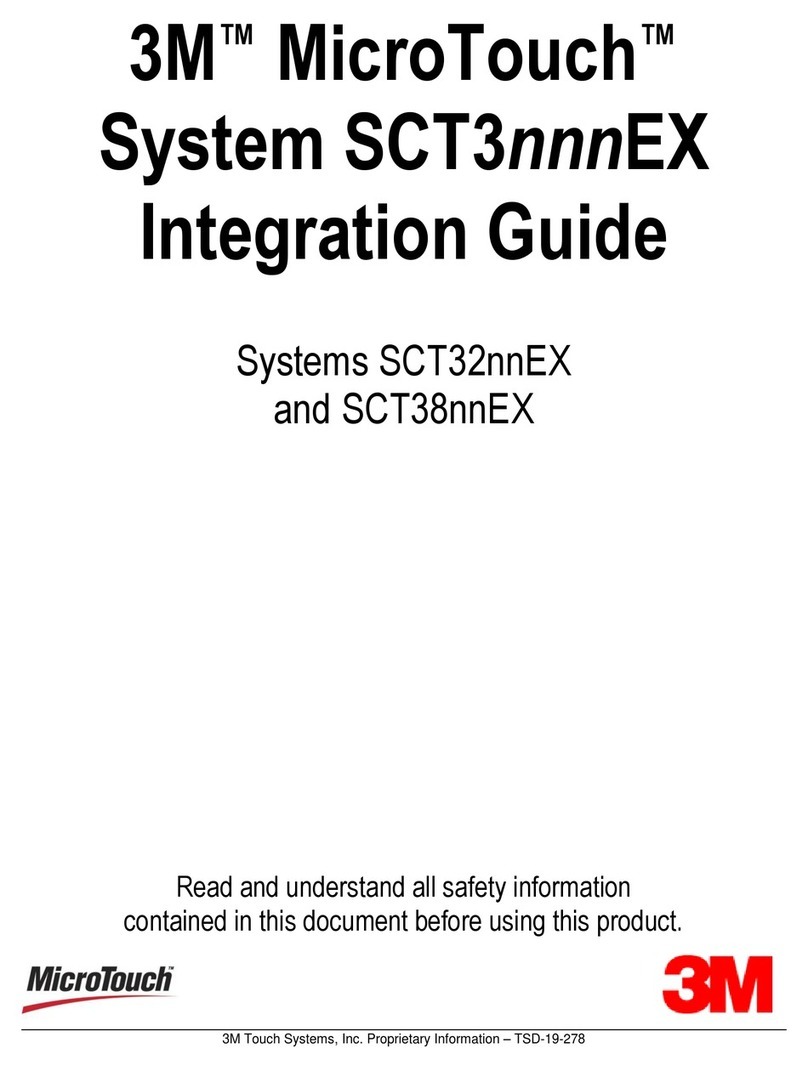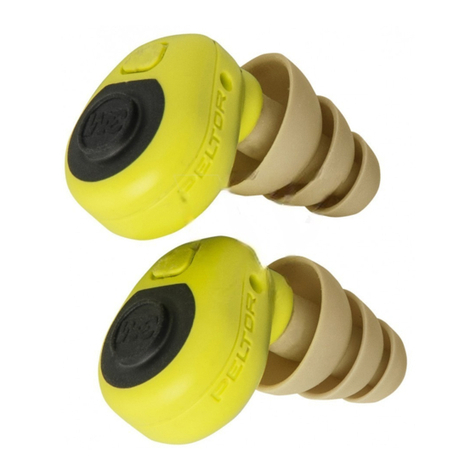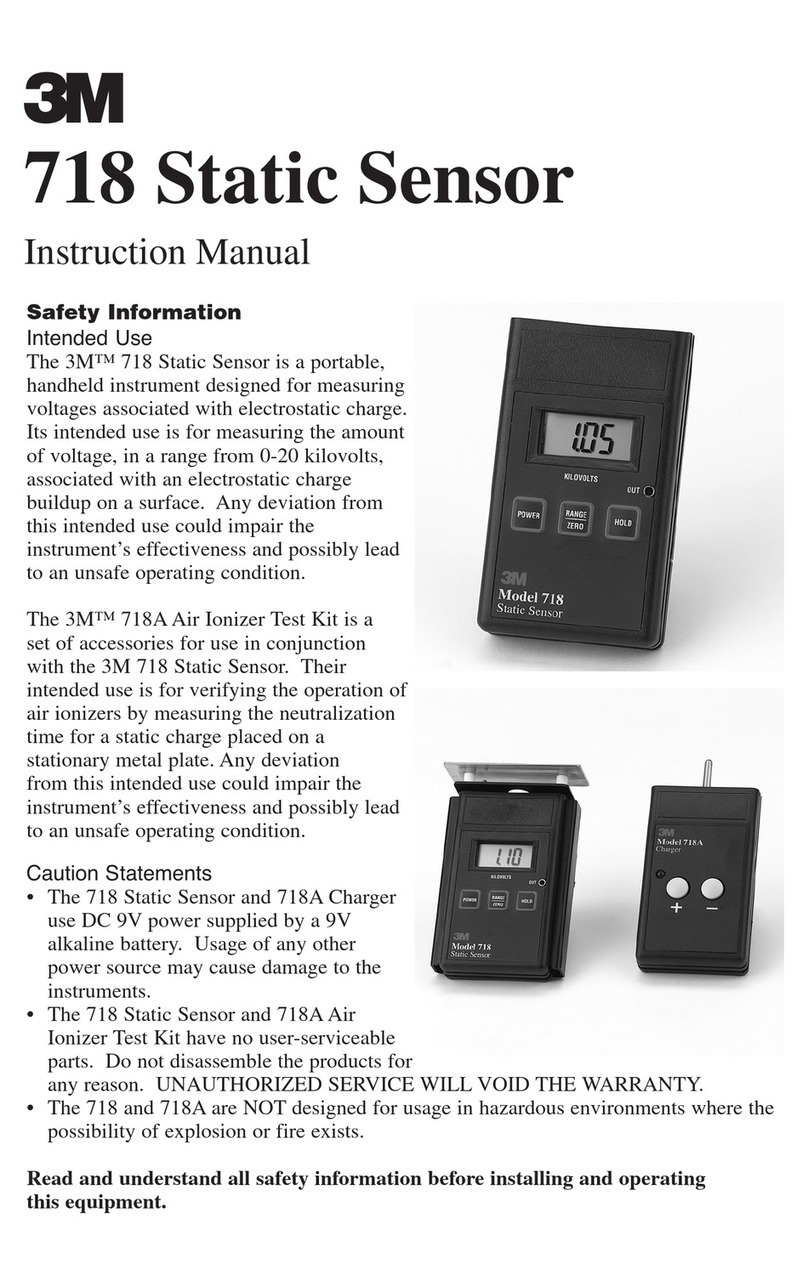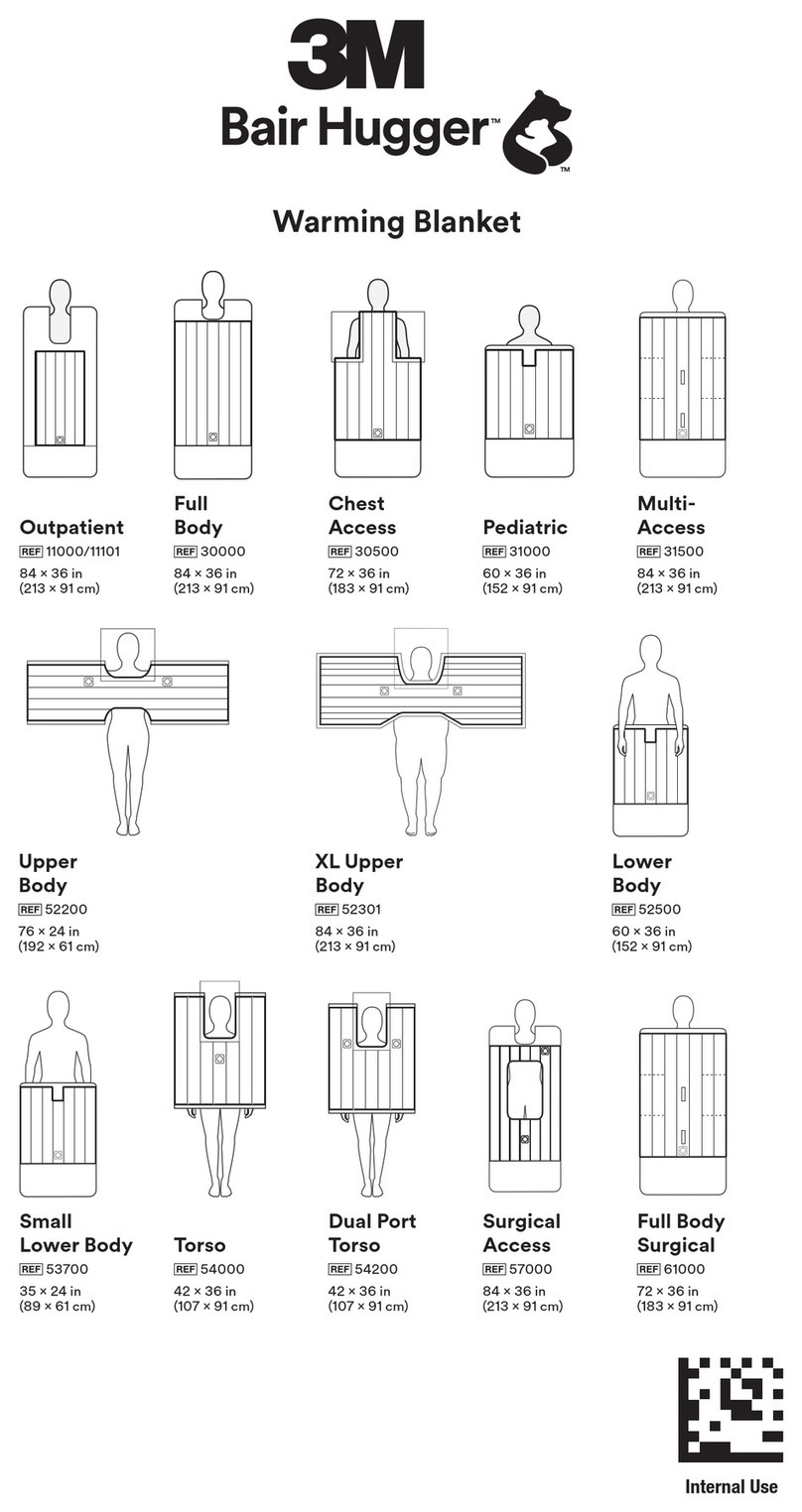
TEP-200 EU/
LEP-200 EU/
LEP-200 EU OR
EEP-100 EU/
EEP-100 EU OR
H 111 dB(A) 114.9 dB(A)
M 114 dB(A) 113.6 dB(A)
L 114 dB(A) 113.1 dB(A)
Frequency (Hz) 125 250 500 1000 2000 4000 8000
Mean Attenuation (dB) 34,5 31,5 36,2 33,4 34,8 34,9 38,8
Standard Deviation (dB) 6,0 5,4 5,6 4,3 3,8 5,0 4,0
Assumed Protection Value (dB) 28,5 26,1 30,6 29,1 31,0 29,9 34,8
TEP-200 EU/
LEP-200 EU/
LEP-200 EU OR
EEP-100 EU/
EEP-100 EU OR
H 118 dB(A) 118.5 dB(A)
M 118 dB(A) 116.6dB(A)
L 121 dB(A) 115.3 dB(A)
Frequency (Hz) 125 250 500 1000 2000 4000 8000
Mean Attenuation (dB) 35,5 32,5 37,1 38,0 37,6 39,5 45,5
Standard Deviation (dB) 4,5 4,0 4,4 3,7 2,9 4,6 4,2
Assumed Protection Value (dB) 30,9 28,4 32,7 34,3 34,6 34,9 41,3
TEP-200 EU/
LEP-200 EU/
LEP-200 EU OR
EEP-100 EU/
EEP-100 EU OR
H 113 dB(A) 119.4 dB(A)
M 118 dB(A) 117.4 dB(A)
L 119 dB(A) 117.5 dB(A)
Frequency (Hz) 125 250 500 1000 2000 4000 8000
Mean Attenuation (dB) 37,8 36,0 40,5 41,2 41,3 39,6 46,1
Standard Deviation (dB) 4,3 5,5 4,2 4,7 3,2 4,3 3,6
Assumed Protection Value (dB) 33,5 30,5 36,3 36,5 38,0 35,3 42,5
1:E 9 g
9 g
9 g
LABORATORY ATTENUATION TABLES
EN 352-2:2002/EN 352-7:2002 or EN 352-2:2020/EN 352-7:2020
3MTM UltraFitTM Eartips
1:A
1:B
1:C
1:D
1:F
SNR=32 dB*H=31 dB M=30 dB L=29 dB
3MTM PELTORTM CCC-GRM-25 Communication Eartips
3M™ Torque™Eartips
(not included in TEP-200 EU, LEP-200 EU and EEP-100 EU)
SNR=36 dB*H=35 dB M=34 dB L=32 dB
SNR=38 dB*H=37 dB M=36 dB L=34 dB
Criterion Levels
*3M strongly recommends personal t testing of hearing protectors. Research sug-
gests that users may receive less noise reduction than indicated by the attenuation
label value(s) on the packaging due to variation in t, tting skill, and motivation of the
user. Refer to applicable regulations for guidance on how to adjust attenuation label
values. In the absence of applicable regulations, it is recommended that the SNR be
reduced to better estimate typical protection.

